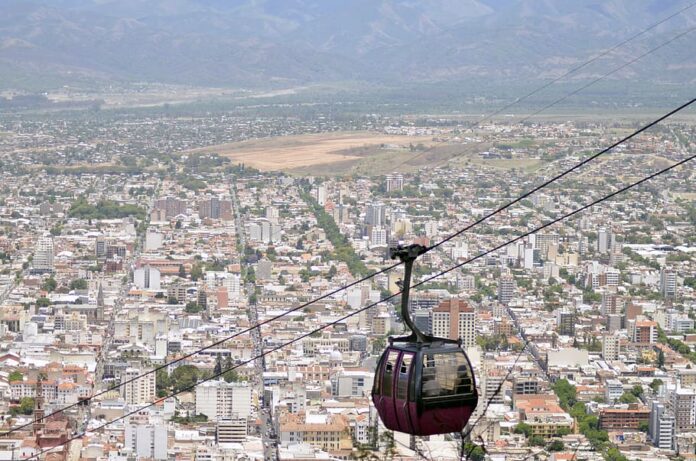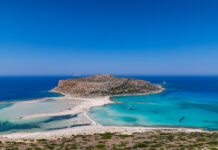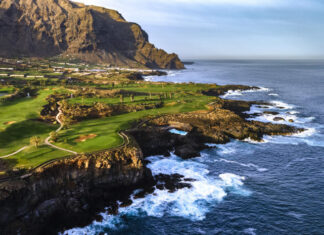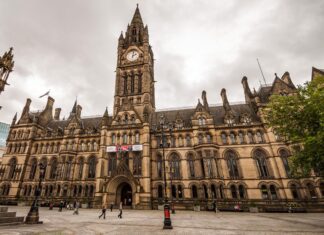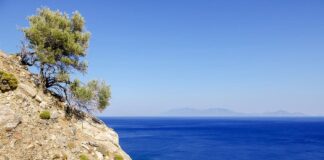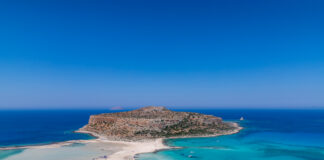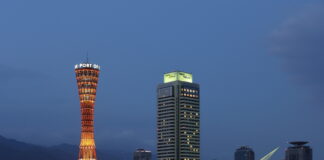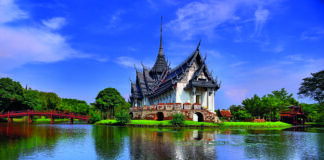Salta, affectionately known as “Salta la Linda” (Salta the Beautiful), is the capital city of the Salta Province in northwestern Argentina. Surrounded by the Andes mountains, Salta is a fusion of colonial charm, rich history, lively culture, and natural beauty.
Culture:
Salta’s culture is a melting pot of indigenous and Spanish influences. The city’s architecture, festivals, and traditions reflect its rich heritage.
- Museo de Arqueología de Alta Montaña (MAAM): This museum is famous for housing the Llullaillaco Children - three Inca children mummified by the freezing temperatures atop Mount Llullaillaco.
- Cathedral Basilica of Salta: A stunning example of Spanish colonial architecture with its pink and yellow façade. It also houses the remains of General Güemes, a hero of the Argentine War of Independence.
- Festivals: Experience local culture through festivals like the Serenata a Cafayate, traditional folk music, and the Milagro, a religious festivity drawing thousands of pilgrims.

Food:
The cuisine in Salta is a blend of indigenous and Spanish flavors, and the city is mainly known for its empanadas, tamales, and wine.
- Empanadas Salteñas: Small savory pastries filled with meat, potatoes, and spices, typically served with a spicy sauce.
- Tamales: Corn dough stuffed with meat and spices, wrapped in corn husks, and steamed.
- Humita: Similar to tamales, but filled with a sweet or savory corn mix.
- Wine: While not as famous as Mendoza, the region produces high-quality wines, especially Torrontés.

Top Places:
- Cerro San Bernardo: Take a cable car or hike up this hill for panoramic views of Salta and its surrounding valleys.
- Cafayate: Located south of Salta, this town is known for its vineyards and scenic landscapes, including the Quebrada de las Conchas.
- San Lorenzo: A short drive from Salta, this town offers a cooler climate, lush vegetation, and the Quebrada de San Lorenzo, perfect for hiking.
- Plaza 9 de Julio: The main square in Salta, surrounded by historic buildings, including the Cathedral and the Cabildo.
- Train to the Clouds: One of the highest railroads in the world, this train journey takes you through stunning landscapes of the Andes.

Travel Tips:
- Climate: Salta has a subtropical climate. Summers (December-February) are warm and rainy, while winters (June-August) are mild and dry. Spring and autumn are the best times to visit.
- Language: Spanish is the official language. Knowing some basic phrases is helpful as English is not widely spoken.
- Money: The currency is the Argentine Peso. Cash on hand, as ATMs can be scarce outside the city, and not all establishments accept credit cards.
Interesting Facts:
- Salta has one of the best-preserved colonial centers in Argentina.
- The city is located at an altitude of about 1,150 meters (3,773 feet) above sea level.
- The Train to the Clouds is one of the highest train journeys in the world, reaching an altitude of 4,220 meters (13,850 feet).
- Salta is often used as a base for exploring the Argentine Northwest, including the Salt Flats of Salinas Grandes.
Salta is a city with an abundance to offer; whether you are a history buff, a nature lover, or a food enthusiast, this city has something for everyone. Its colonial charm, rich culture, and stunning landscapes make it a must-see destination in Argentina. Take the time to immerse yourself in its beauty and savor the flavors of its cuisine. Salta la Linda awaits you.

